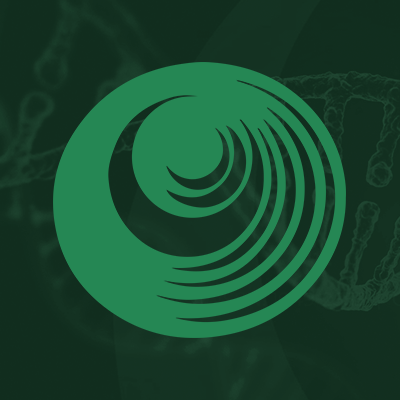Research Papers:
Genetic characteristics of blastic plasmacytoid dendritic cell neoplasm: A single institution experience
PDF | Full Text | Supplementary Files | How to cite | Press Release
Metrics: PDF 2682 views | Full Text 3038 views | ?
Abstract
Fei Fei1, Milhan Telatar1, Vanina Tomasian1, Lisa Chang1, Olga Danilova1, Javier Arias-Stella1, Raju Pillai1, Lorinda Soma1, Parastou Tizro1, Pamela S. Becker2, Anthony S. Stein2, Guido Marcucci2 and Michelle Afkhami1
1 Department of Pathology, City of Hope Comprehensive Cancer Center, Duarte, CA 91010, USA
2 Department of Hematology and Hematopoietic Cell Transplantation, City of Hope Comprehensive Cancer Center, Duarte, CA 91010, USA
Correspondence to:
| Michelle Afkhami, | email: | [email protected] |
Keywords: Blastic plasmacytoid dendritic cell neoplasm (BPDCN); Next-generation sequencing (NGS);
Received: February 13, 2025 Accepted: May 17, 2025 Published: June 17, 2025
ABSTRACT
Blastic plasmacytoid dendritic cell neoplasm (BPDCN) is a rare hematological malignancy with poorly characterized molecular features. To identify disease-specific mutational profiles, we performed targeted next-generation sequencing (NGS) on a cohort of 21 BPDCN patients. Our study revealed that TET2 (57%) and ASXL1 (33%) were the most frequently mutated genes, followed by NRAS (29%), SRSF2 (14%), ZRSR2 (14%), and KMT2D (14%). Further analysis demonstrated that poor prognosis was associated with older age (≥65 years), the presence of three or more mutations, TET2 mutations, TET2 truncating mutations, and mutations involving DNA methylation pathways. In contrast, patients who underwent hematopoietic stem cell transplantation (HSCT) exhibited more favorable clinical outcomes. Moreover, our study indicated that CCDC50 expression was significantly elevated in BPDCN cases compared to those with acute myeloid leukemia (AML) or chronic monomyelocytic leukemia (CMML), suggesting that CCDC50 may serve as a reliable diagnostic marker for distinguishing BPDCN from AML, as well as a potential biomarker for disease monitoring. Finally, our investigation of mutational profiles in sequentially paired specimens revealed a high prevalence of bone marrow clonal hematopoiesis in patients with BPDCN. In conclusion, the genetic landscape of BPDCN identified in this study provides valuable insights that may improve diagnostic accuracy and guide prognostic evaluation and therapeutic strategies. However, validation in larger, independent cohorts are warranted.
 All site content, except where otherwise noted, is licensed under a Creative Commons Attribution 4.0 License.
All site content, except where otherwise noted, is licensed under a Creative Commons Attribution 4.0 License.
PII: 28742
